Where to buy Arbutus unedo or ‘Marina’ in Central Texas?
Dante Hosseini
3 years ago
Featured Answer
Sort by:Oldest
Comments (39)
gardengal48 (PNW Z8/9)
3 years agolindacottonwood
3 years agoRelated Discussions
Critique my design, please!
Comments (19)A good basic approach for suitable climates like these is broadleaved evergreens fleshing out the plantings, with deciduous trees as widely spaced accents and deciduous shrubs limited primarily to where they will form transitions between the solidity of the evergreen shrubs and the lack of weight of herbaceous plants. Conifers, like deciduous trees and shrubs should be used for specific reasons and with restraint, as they amount to evergreens that lack the glossy foliage and flowering, fruiting attributes of many broadleaved evergreens. Another problem is that many properties here already have a large area occupied by existing native conifers, with the funereal effect these produce already dominant. In a fully realized mixed border herbaceous plants will actually be the dominant element, framed and complimented by the shrubs (and the few trees). However, only enthusiasts will have time and energy for large sweeps of herbaceous plants. Elsewhere a shrubbery is more practical. Within the category of broadleaved evergreens there is a subset of more stalwart types like hardy hybrid rhododendrons and hollies. Many other kinds will have specific site requirements like warm aspects and warm soils outside of which they may fail. When you see much damage to some kinds of these after the temperature dips a bit, to a large extent it is due to incorrect placement and aftercare. But other commonly planted types just plain aren't that hardy, even when located in a suitable spot. 16F has emerged as a commonly seen low for last winter over a wide area. That's nothing! Wait until it's 6F inside metropolitan areas again, that's when we'll see what's really hardy here and what isn't....See MoreFavorite tree of California
Comments (78)kerrican2001(z9b CA), nonaberrie(sf bay area), sandylighthouse(7), fruithack, teajm_yahoo_com Can you tell me more about fig trees? Ive never noticed them up here in the SF Bay as much as I did in Venice/Santa Monica in LA. Which varieties do well here? Do they grow tall? Can they be pruned so that they grow tall and stay narrow? I have a small front yard that is mandated to have a tree and I just cut down our existing one and am considering putting in a fig tree on both sides of the driveway. ( I started a separate thread in this subforum for it as well)...See MoreMadrone
Comments (18)Camp, that is one beautiful Madrone, whatever the variety! Wow! Thanks so much for posting the photo!!! Mara, the small tree growing at Rainbow Gardens and the one they offer for sale is, I think, commonly called 'Strawberry'; a name which comes from the appearance of the fruit. I remember that much of the name. Hmmmm ... maybe I should use my Rainbow Garden bucks for a 'strawberry' madrone after all. Your tree is beautiful! Thanks for being guardian/protector of the madrone trees you've found. There are just way too many "tiara wearing rats in high healed shoes" eating up a bunch of Texas' best ornamental trees! Joey, is this the madrone tree growing at the S.A.B.G.? Jolana, Tammy and I were trying to figure out what this beautiful tree was when we visited a few years ago. It wasn't labeled and we were fascinated! It's growing on the left as you enter the reception area. I don't remember what kind of parking was near, but it stands to reason it would be for the disabled since it it near the entrance....See MoreArbutus unedo
Comments (16)Not sure about that - I suppose they could ferment on the tree but have never seen it happen. Here people tend to like them. I'd vote on the "flavor" theory - actually more the texture. The flavor is nice, but they are full of seeds and the surface is covered with granules that are astringent if you chew them. It's sort of like eating apricot pudding with sand in it. ;)...See MoreEmbothrium
3 years agodavidrt28 (zone 7)
3 years agolast modified: 3 years agoEmbothrium
3 years agoDante Hosseini
3 years agolast modified: 3 years agoDante Hosseini
3 years agodavidrt28 (zone 7)
3 years agolast modified: 3 years agoDante Hosseini
3 years agolast modified: 3 years agoEmbothrium
3 years agolast modified: 3 years agodavidrt28 (zone 7)
3 years agolast modified: 3 years agoDante Hosseini
3 years agodavidrt28 (zone 7)
3 years agolast modified: 3 years agoDante Hosseini
3 years agoDante Hosseini
3 years agodavidrt28 (zone 7)
3 years agolast modified: 3 years agoDante Hosseini
3 years agodavidrt28 (zone 7)
3 years agolast modified: 3 years agoDante Hosseini
3 years agoEmbothrium
3 years agolast modified: 3 years agodavidrt28 (zone 7)
3 years agolast modified: 3 years agoDante Hosseini
3 years agoEmbothrium
3 years agolast modified: 3 years agodavidrt28 (zone 7)
3 years agolast modified: 3 years agoEmbothrium
3 years agolast modified: 3 years agodavidrt28 (zone 7)
3 years agolast modified: 3 years agodavidrt28 (zone 7)
3 years agogardengal48 (PNW Z8/9)
3 years agodavidrt28 (zone 7)
3 years agolast modified: 3 years agodavidrt28 (zone 7)
3 years agolast modified: 3 years agoDante Hosseini
3 years agolast modified: 3 years agodavidrt28 (zone 7)
3 years agolast modified: 3 years agodavidrt28 (zone 7)
3 years agolast modified: 3 years agoHU-483792744
3 years agodavidrt28 (zone 7)
3 years agodavidrt28 (zone 7)
2 years ago
Related Stories

LIFERetirement Reinvention: Boomers Plot Their Next Big Move
Choosing a place to settle in for the golden years? You're not alone. Where boomers are going and what it might look like
Full Story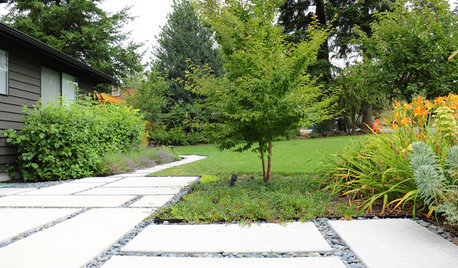
ARBOR DAY10 Trees Landscape Designers Love
In honor of Arbor Day, consider adding a beautiful and beneficial tree species favored by designers around the country
Full Story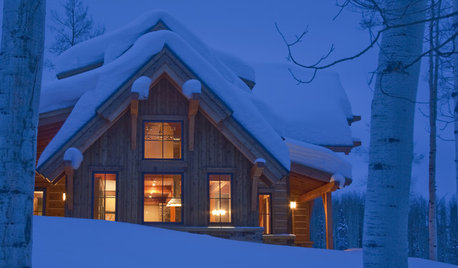
LIFEIs Cabin Fever Real? Share Your Story
Are snow piles across the U.S. leading to masses of irritability and boredom? We want to hear your experience
Full Story
KITCHEN CABINETSKitchen Cabinet Color: Should You Paint or Stain?
Learn about durability, looks, cost and more for wooden cabinet finishes to make the right choice for your kitchen
Full Story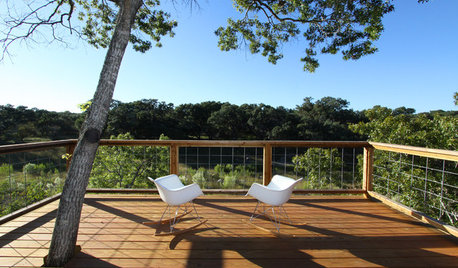
GREAT HOME PROJECTSHow to Refinish a Wood Deck
Keep your deck looking its best — and save feet from splinters — by applying a new stain and sealant every year or so
Full Story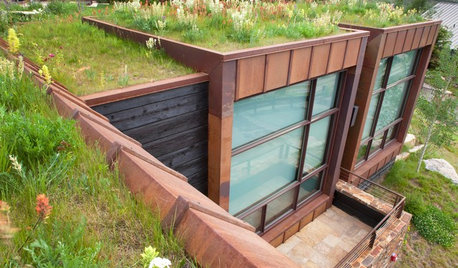
GREEN BUILDING6 Green-Roof Myths, Busted
Leaky, costly, a pain to maintain ... nope, nope and nope. Get the truth about living roofs and see examples from simple to elaborate
Full Story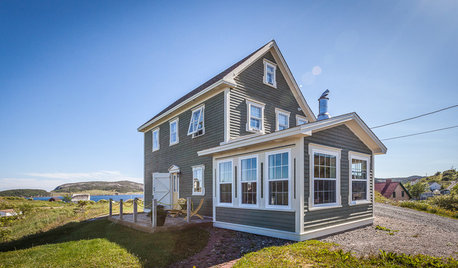
VACATION HOMESMy Houzz: Saltbox Charm in a Heritage Fishing Community
This rustic home and art studio in a 16th-century waterfront town blend in while showing personal style
Full Story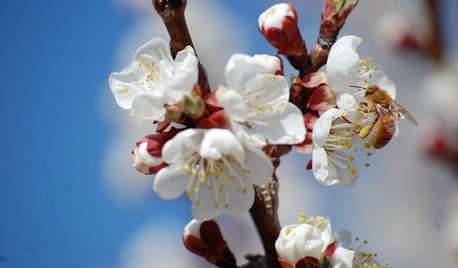
GARDENING GUIDESHow to Give Essential Bees the Support They Need
It’s hard to grow fruits and veggies without these hardworking insects. Here’s what we can do to help bring them back
Full Story
LANDSCAPE DESIGNYard of the Week: New Pool, Grill Area and Stylish Lounge
A landscape designer updates a coastal home to suit a family’s lifestyle and create a welcoming spot for guests
Full Story








davidrt28 (zone 7)